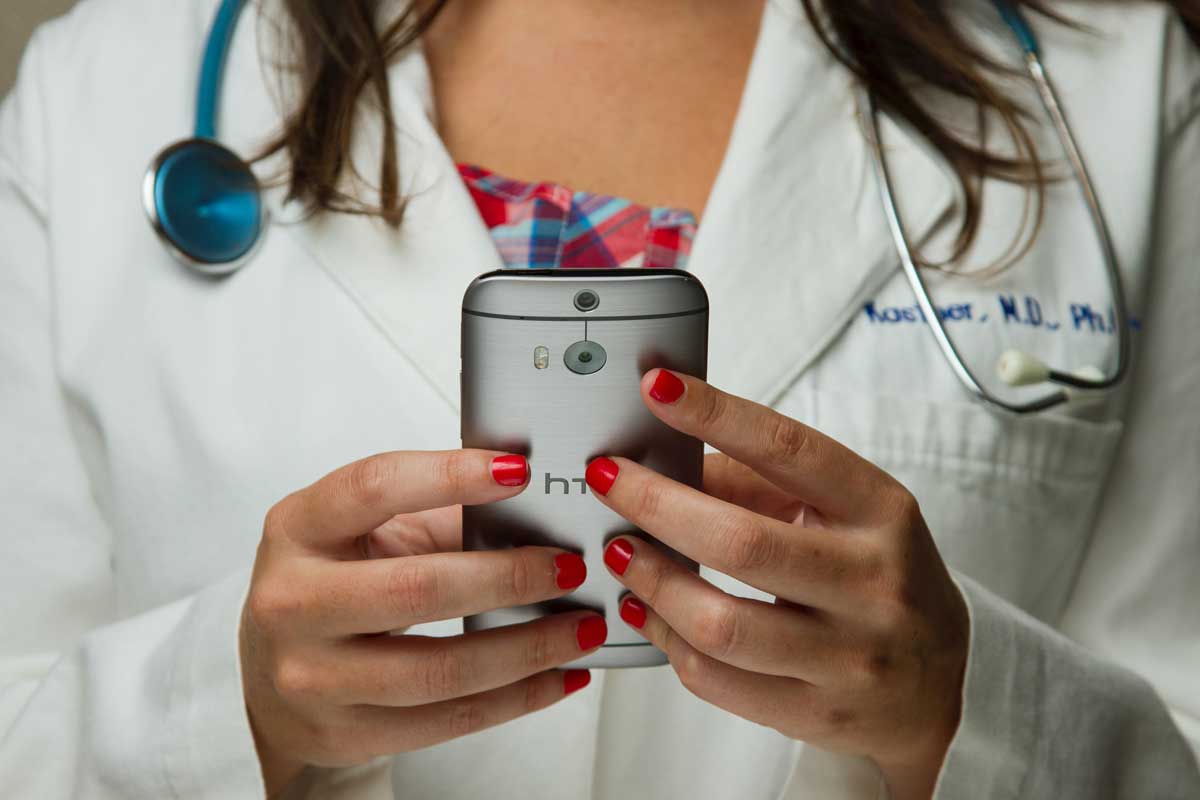 |
Though it’s possible for many aspects of medicine to go virtual while maintaining effectiveness, patients with certain concerns such as urgent ocular issues still need to be seen in person. Photo: National Cancer Institute on Unsplash. |
Researchers at the Massachusetts Eye and Ear Infirmary recently reported that a telemedicine protocol for emergent eye-related complaints was able to triage patients with “reasonable” sensitivity and specificity.
The prospective, observational study included 258 eyes of 129 patients. All underwent a questionnaire on chief complaint, history of present illness and medical history, as well as anterior and posterior segment imaging and an evaluation of their ophthalmic vital signs. Three ophthalmologists reviewed the data remotely, and their remote assessment was compared with assessments conducted in-person.
There were 220 visual complaints, categorized as eye pain, eye redness, blurry vision or eyelid complaints. Complaints were diagnosed and triaged as urgent or non-urgent. The researchers reported that remote diagnostic accuracies stratified by complaint fell between approximately 44% and 59%. Accuracies, sensitivities and specificities are summarized in Table 1.
Overall, the study authors wrote in their paper that this telemedicine protocol “could serve as a helpful clinical tool in emergency settings.” However, they noted that diagnostic accuracy wasn’t reliably high for urgent eye-related complaints.
Table 1. Summary of Remote Diagnostic Performance by Complaint
Eye redness (%) n=54 | Eye pain (%) n=56 | Blurry vision (%) n=68 | Eyelid complaint (%) n=42 | |
Sensitivity | 68 | 58 | 73 | 67 |
Specificity | 93 | 91 | 91 | 96 |
Accuracy | 59.3 | 48.2 | 44.1 | 57.1 |
Meshkin RS, Armstrong GW, Hall NE, et al. Effectiveness of a telemedicine program for triage and diagnosis of emergent ophthalmic conditions. Eye. January 26, 2022. [Epub ahead of print]. |

